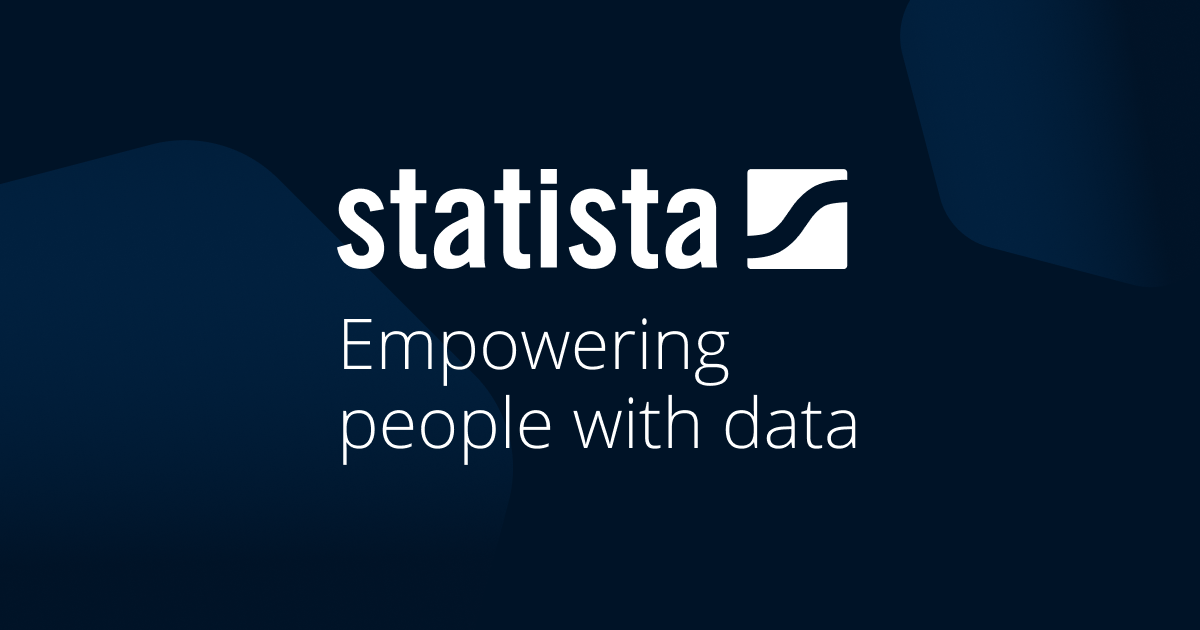Understanding Market Segmentation: A Comprehensive Guide
:max_bytes(150000):strip_icc()/Market-Segmenation-76c1fe9e48ff4906bc2a565bb67c6862.png)
Market segmentation is a powerful strategy that enables businesses to design and market their products and services more effectively by dividing the broader market into smaller segments based on shared characteristics such as age, gender, or values. They can then target these smaller markets directly with products and advertising tailored to their needs and tastes.
Key Takeaways
- Market segmentation divides a broad market into subsets with common characteristics, enabling businesses to tailor their products and marketing strategies.
- Market segments can be demographic, geographic, behavioral, and psychographic. Each helps businesses target customers more precisely.
- Benefits include more accurately targeted marketing, improved customer engagement, and stronger brand loyalty.
- Implementing segmentation involves defining, segmenting, and understanding each segment. The process depends on obtaining accurate data.
- Challenges include over-segmentation and adapting to changing consumer behaviors.
Investopedia / Matthew Collins
What Is Market Segmentation?
Market segmentation involves categorizing potential customers into distinct groups based on shared characteristics such as demographics, behaviors, geography, or psychographics. This approach enables businesses to develop different marketing strategies—and often different products—for each segment, improving customer engagement and conversion rates.
Market segmentation is crucial to the success of many businesses. It enables them to better understand their targeted customers and create more effective marketing campaigns. A well-conceived and well-designed market segmentation process can give a company an advantage over its competitors and increase satisfaction among customers by making them feel their personal preferences are being directly addressed.
Companies also use market segmentation in product design, pricing, and choice of distribution channels.
Market segmentation can lead not just to higher sales, but also a better customer experience and stronger brand loyalty.
Types of Market Segmentation
The most common types of characteristics used to segment are briefly described below.
Demographic
Demographic segmentation categorizes potential customers based on common demographic characteristics, such as age, gender, income, education, occupation, and family size.
- Example: A luxury car brand targeting professionals who earn in excess of a certain amount based on previous sales data.
Geographic
Geographic segmentation is based on a simple truth: People who live in different places have different tastes or needs. So, it only makes sense for companies to market differently to different regions and, in many cases, design entirely different products.
- Example: McDonald’s Corporation (MCD) has developed the best-known segmentation strategy based on geography. While it’s famous for its standard menu and consistent taste in the U.S., in overseas markets, McDonald’s offers many products that can’t be found at home. In India, for example, you’ll find the McAloo Tikki burger, while in Japan, you can get the Teriyaki Chicken Filet-O.
Behavioral
Behavioral segmentation classifies potential consumers according to such things as their purchasing habits, the number of brand interactions, and decision-making patterns.
- Example: Most people have had the experience of placing a product in a digital shopping cart, deciding against the purchase and moving on, only to find an ad for that very product on the next website they visit. That’s called ad retargeting, and companies pay handsomely for it since the shopper has already indicated a strong inclination to buy the product by placing it in their cart.
While traditional market segmentation targeted broad categories, online advertising has revolutionized how businesses target customers based on browsing history, app usage, and online shopping patterns.
Psychographic
Psychographic segmentation classifies consumers based on their psychological traits, such as their values, beliefs, interests, and social status. This helps companies better understand potential customers’ motivations and refine their marketing strategies accordingly.
- Example: Patagonia’s marketing strategy offers a highly visible example of psychographic segmentation. The maker of outdoor apparel and gear appeals to a certain type of consumer—one who values environmental sustainability and ethical consumption—with its use of recycled materials, its “Worn Wear” program of selling used garments, and its sponsorship of environmental activism.
Firmographic
Firmographic segmentation is the business-to-business version of demographic segmentation. Potential business customers are categorized according to such characteristics as industry, company size, location, revenue, growth stage, and organizational structure.
- Example: Amazon.com Inc. (AMZN)’s Amazon Web Services uses firmographic segmentation, tailoring its cloud computing offerings and marketing efforts to the characteristics of its target customers, including size, industry, and organizational needs.
Benefits of Market Segmentation
An effective market segmentation strategy offers businesses many benefits—they ultimately add up to designing, producing, and marketing the right products to the right people. This is achieved by understanding and targeting specific types of customers rather than an ill-defined general public.
Below, we describe some of the specific benefits gained from market segmentation.
- More effective marketing campaigns. Achieving more clarity about the target market and tailoring the message to that market enables companies to create more compelling marketing campaigns with higher engagement.
- Better customer experience. Producing a better customer experience starts with understanding the unique needs and preferences of as many customer segments as possible. Customers appreciate it when companies speak directly to their values and concerns and when well-designed products or services address their particular desires or pain points.
- Stronger customer loyalty. A great customer experience, especially one that feels personalized, encourages repeat business and ultimately creates strong customer loyalty.
- Improved products and services. Understanding the market through customer segmentation can help businesses refine and tailor their products and services to specific customer groups. This helps better meet customer needs.
- Higher conversion rates. Personalized marketing strategies that speak to the preferences of specific market segments are more effective at converting potential customers into paying customers.
Steps When Implementing Market Segmentation
There are five basic stages of market segmentation:
- Define your target market. Before segmenting, businesses must first understand their broader target market. This is done by looking at industry trends, customer needs, and pain points and determining how well their product or service meets the market’s needs.
- Understand your market. Data-driven research is crucial for effective segmentation. Businesses should run surveys and focus groups, track online behavior and engagement, and, if possible, track customer purchase history to identify buying trends.
- Segment your market. Once the broader target market is defined and well understood, it can be divided into clear, meaningful segments. The emphasis here is on “meaningful.” Just because two people are the same age or gender, for example, doesn’t mean they should be in the same market segment for every product or service.
- Create customer personas. Businesses should use the data collected to create detailed customer personas to represent each segment, including a name and description, motivations and pain points, and buying behaviors.
- Test your marketing strategy. Once the segments are created, companies must develop, test, and optimize new marketing strategies with those segments in mind. That includes A/B testing of marketing messages and visuals, analyzing the campaign performance through metrics like engagement and conversion rates, and refining as needed.
Challenges and Considerations in Market Segmentation
While market segmentation can be a powerful tool, it involves facing plenty of challenges. Below, we touch on some of the most common segmentation challenges:
- Cost. Segmentation is more expensive and time-consuming than ad campaigns aimed at one generic market.
- Defining segments too broadly. Segments need to be clearly defined and distinct from each other.
- Making segments too small. While it’s great to make customers feel like they’re getting a personalized experience, segments need to be large enough to justify the cost of targeting them.
- Choosing the right segments to focus on. It’s not just about choosing a big segment, though. Businesses need to identify segments that are the right fit for their product or service. Research and data are crucial to making this determination.
- Not having enough data. Segmenting effectively and marketing to specific segments requires obtaining both plentiful and accurate data to provide the necessary insights—first, in determining the right segment to focus on and then marketing to it.
The Bottom Line
Segmenting markets can give businesses a competitive advantage, helping them target markets and then design and market products and services to those specific groups.
By dividing “the market” into well-defined and deeply researched segments, companies can design marketing strategies more effectively, improve customer experience, and maximize profits. They can also take what they’ve learned back into the product design stage to tailor their offerings to more distinct groups.
link





